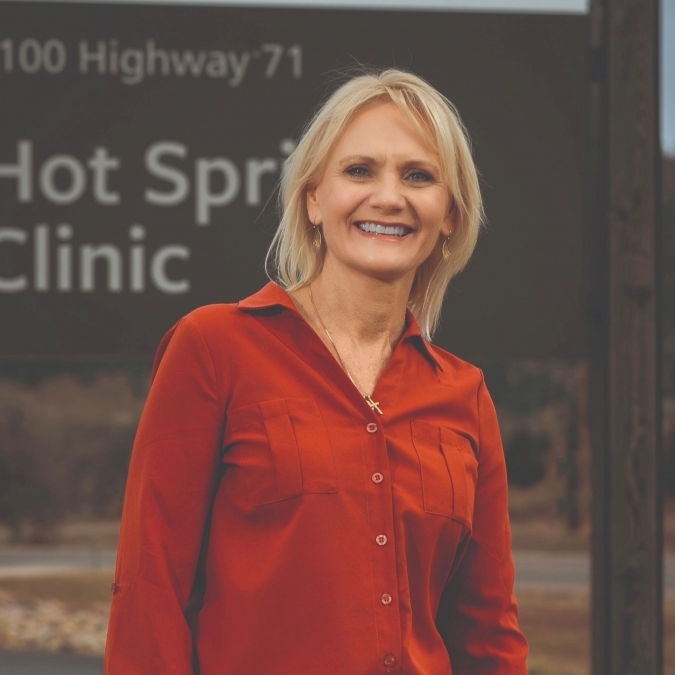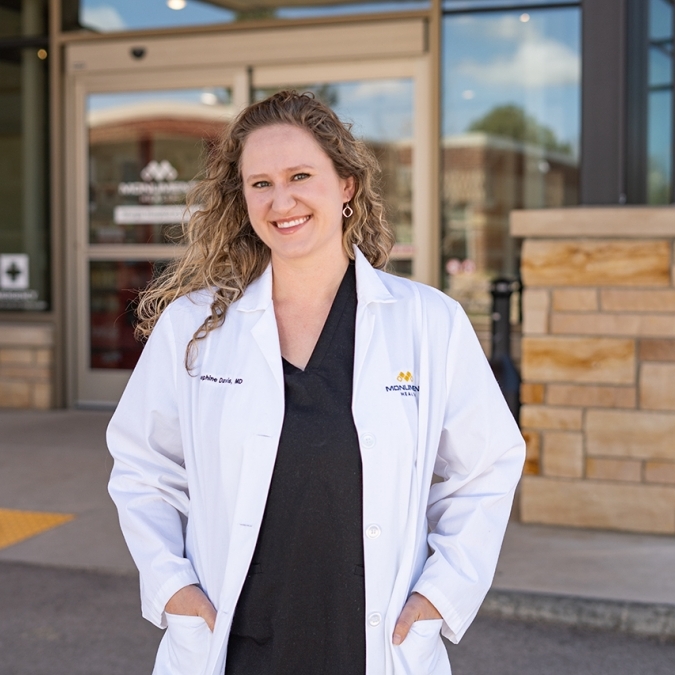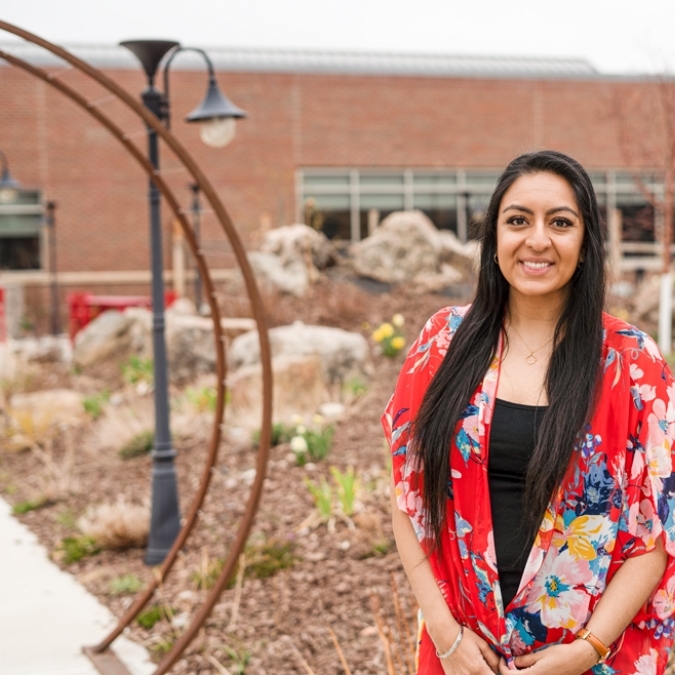The Heart and Vascular Institute (HVI) at Monument Health recently became one of the first hospitals in the U.S. to perform an innovative new procedure treating an uncommon form of heart arrhythmia.
The case required simultaneous collaboration between electrophysiology and cardiothoracic specialists to treat a patient suffering from inappropriate sinus tachycardia (IST), a disorder characterized by extreme racing of the heart for no known reason. The condition predominantly affects young women, many of whom are in otherwise good health. So it was for the patient who sought treatment at HVI and was referred to Ethan Levine, D.O., FHRS, one of HVI’s resident electrophysiologists.
“The patient had come to us with very troubling symptoms that had been going on for a while,” Dr. Levine said. “With IST the group of cells that govern heart rate are inappropriately overactive. It makes it so everything you do feels like running a marathon.”
As alarming as the symptoms are, IST can be challenging to diagnose in the first place. Those with the disorder may experience palpitations, general weakness, tremors and exercise intolerance.
“It's a very tough problem for a few reasons. One is that it's very often misdiagnosed as anxiety or something else,” Dr. Levine said. “So it can be very frustrating for the patients. And then you can also imagine that if you're not feeling well, you stop doing everything. Then you lose your quality of life and you get de-conditioned and depressed. All these things compound each other.”
Dr. Levine was aware of an ongoing study overseas that showed promise. It involved a tag-team approach with an electrophysiologist and a cardiothoracic surgeon, who would work together on the hybrid thoracoscopic ablation. He reached out to Charan Mungara, M.D., a Cardiothoracic Surgeon at HVI, and asked if he would like to collaborate on the procedure.
“This is an entirely new procedure for us, which works out because Dr. Mungara enjoys heart rhythm work and is very good at it,” Dr. Levine said.
Upon reviewing the study for the novel sinus node-sparing hybrid ablation procedure, Dr. Mungara was confident it could be done at Monument Health. The HVI team spoke with the AtriCure team running the study in Europe and Asia to coordinate a plan for the procedure. With HVI’s electrophysiology and cardiac surgery teams and the AtriCure team all on the same page, the procedure was scheduled.
“The company was great. They brought their whole team in from overseas and we got the case done, so I thought it was a win,” said Dr. Levine.
While HVI physicians have been performing convergent ablation procedures in which cardiovascular surgeons and electrophysiologists work in tandem to treat atrial fibrillation (AFib) in patients for some time, this procedure was unique. Both Drs. Mungara and Levine and their teams were in the operating room at the same time throughout the procedure, working to perform mapping and ablation simultaneously rather than 30 days apart.
“We’re one of the busiest atrial fibrillation places in the country, so the relationship that we have built with Dr. Mungara, that we built from so many convergent atrial fibrillation ablation cases, gave us confidence in his ability to do this.”
Using the relatively new Octaray multipolar mapping catheter device, of which Monument Health was the first hospital in South Dakota to have, Levine mapped the patient’s heart to create a three-dimensional electron atomic map, a computer model of the heart that plots the electrical signal in tens of thousands of places throughout the chambers of the heart.
“It’s kind of like a GPS, and after we get that model made we project it on a screen and then we can turn to the surgeons and say ‘that's where we want to be.’ It's like taking your EKG from 5,000 different spots.”
That is when Dr. Mungara and his team took the reins of the procedure. Mungara used catheters to reach the heart with a camera and his tools for performing acute actions to affect the sinus nerve. Once Mungara’s work was complete, Levine resumed mapping and recording rhythms, ensuring the desired result had been achieved.
“After he finished up, we went back in with our equipment and double checked that everything looked good and solid. If there were any gaps, anything that
could have been missed from the outside, we would have taken care of it from the inside. When we finished that, we removed all of our equipment, and Dr. Mungara removed his and the patient was off to recovery.”
In terms of acute recovery, the patient has had several incisions and they’ll be sore and in the hospital for a short stay, during which time the initial or junctional rhythm of the heart may still be abnormal. As the patient prepares to go home, wearable heart monitors are used to ensure normal rhythm is coming back.
Story and Photos by Bob Slocum



